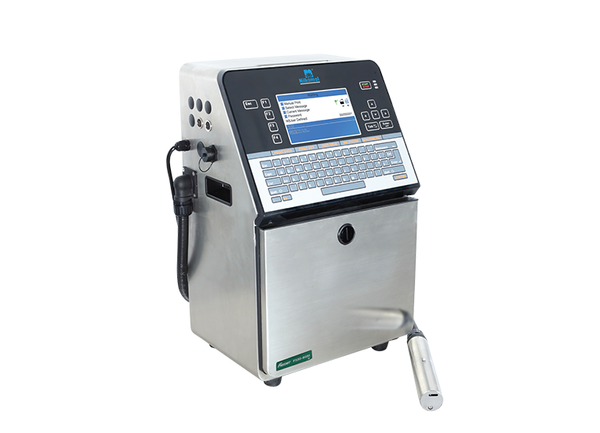Reflective insulation is a versatile and energy-efficient solution that can be tailored to meet the specific needs of a wide range of building projects. Its ability to control radiant heat transfer makes it a valuable addition to many construction applications.
Benefits:
- Energy Efficiency: Reflective insulation is highly effective in reducing radiant heat transfer.
- Improved Comfort: By minimizing heat gain in hot weather and heat loss in cold weather, reflective insulation contributes to a more comfortable indoor environment.
- Moisture Control: In some cases, reflective insulation can act as a vapor barrier, preventing moisture from penetrating the building structure and helping to mitigate condensation issues.
- Durable: Reflective insulation is typically durable and can have a long lifespan, making it a cost-effective solution over time.
- Ease of Installation: Reflective insulation is relatively easy to install, whether in new construction or retrofitting existing buildings. It can be cut to size and secured in place with common installation methods.
- Space-Saving: Reflective insulation can be a space-efficient solution since it doesn’t require as much thickness as traditional insulation materials to achieve its desired effect.
Applications:
- Attics: Reflective insulation is commonly used in attics to reduce heat gain in the summer and heat loss in the winter. It is often installed under the roof, with an air gap, to create an effective thermal barrier.
- Walls: Reflective insulation can be used in wall assemblies to improve energy efficiency and thermal comfort. It is typically installed in conjunction with other insulation materials for a more comprehensive solution.
- Roofs: Reflective insulation can be installed on the underside of the roof decking to reflect radiant heat and reduce heat gain in the attic space. This is known as a “hot roof” application.
- Floors: Reflective insulation is used in flooring systems, especially in buildings with crawl spaces. It helps regulate temperatures and moisture levels in the crawl space.
- Metal Buildings: Reflective insulation is a popular choice for insulating metal buildings, such as warehouses, garages, and agricultural structures, where controlling temperature fluctuations is essential.
- Ducts: Reflective insulation can be used to insulate HVAC ducts, preventing heat loss or gain as air travels through the ductwork.
Features:
- Reflective Surface: The primary feature of reflective insulation is its highly reflective surface, typically made of aluminum foil or metallized film. This surface reflects radiant heat and provides a barrier against it.
- Multiple Layers: Reflective insulation often consists of multiple layers, including the reflective outer layer and inner layers of foam or other insulating materials. These layers work together to create an effective thermal barrier.
- Air Gaps: Reflective insulation is most effective when there is an air gap on at least one side. This air gap enhances its performance by creating a barrier for convective heat transfer.
- Reflectance and Emissivity: Manufacturers provide specifications for the material’s reflectance and emissivity, which are key indicators of its performance. A higher reflectance and lower emissivity values indicate better efficiency.
- Customizable: Reflective insulation can be customized to fit specific dimensions and requirements, making it adaptable for various applications and construction needs.
- Compliance with Codes: Manufacturers often provide data on the compliance of their reflective insulation products with local building codes and standards. Ensuring that the chosen product meets these codes is essential for a successful installation.
- Durability: Reflective insulation is typically designed to be durable and resistant to damage, ensuring it maintains its effectiveness over time.









Reviews
There are no reviews yet.